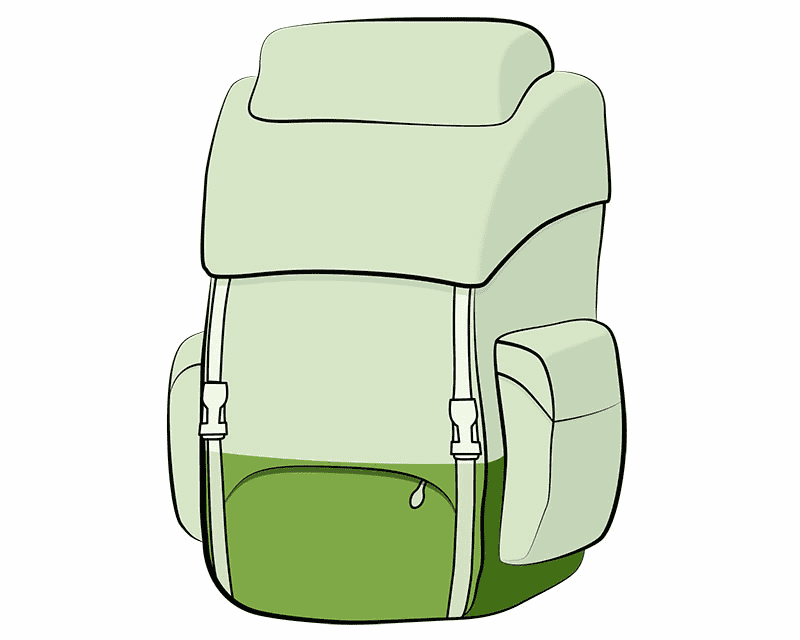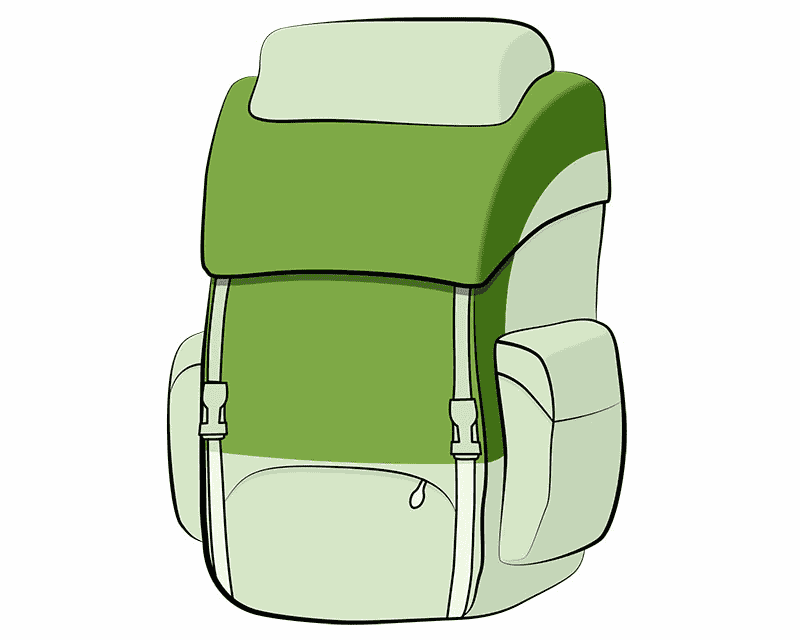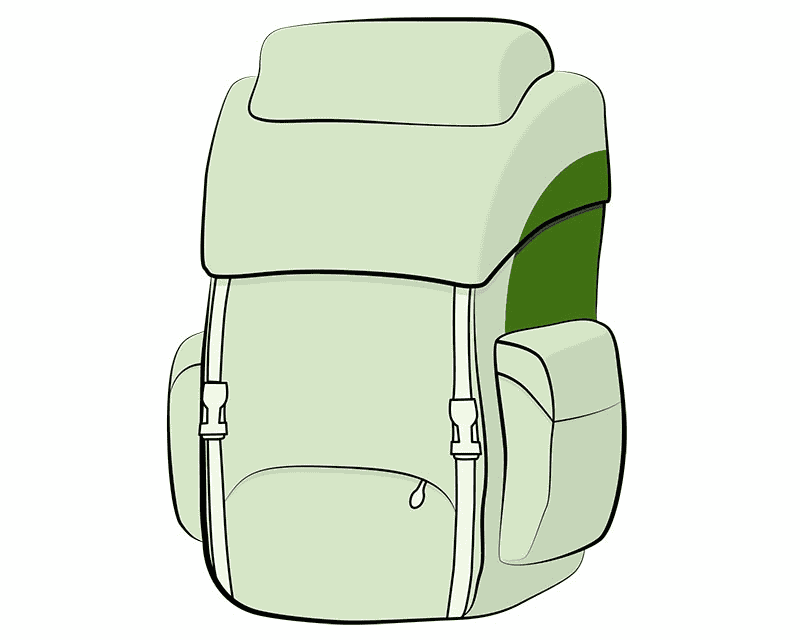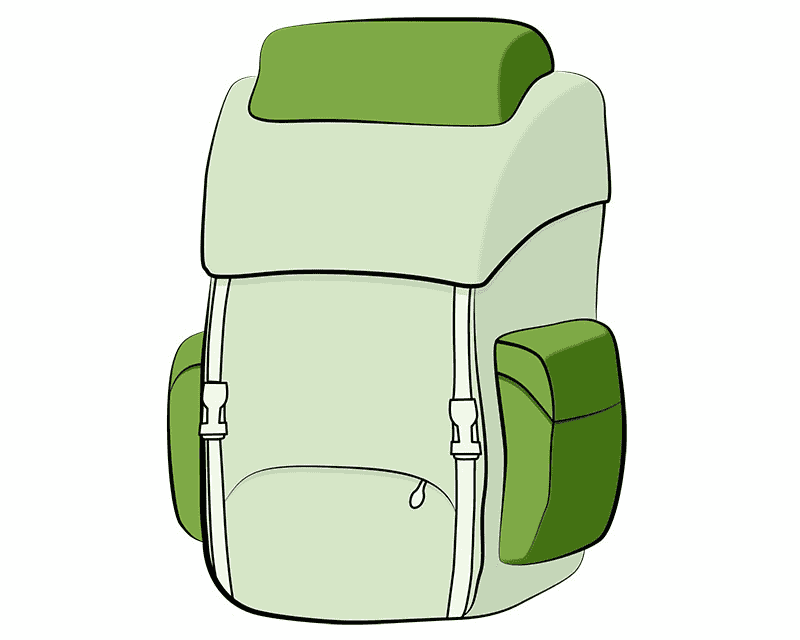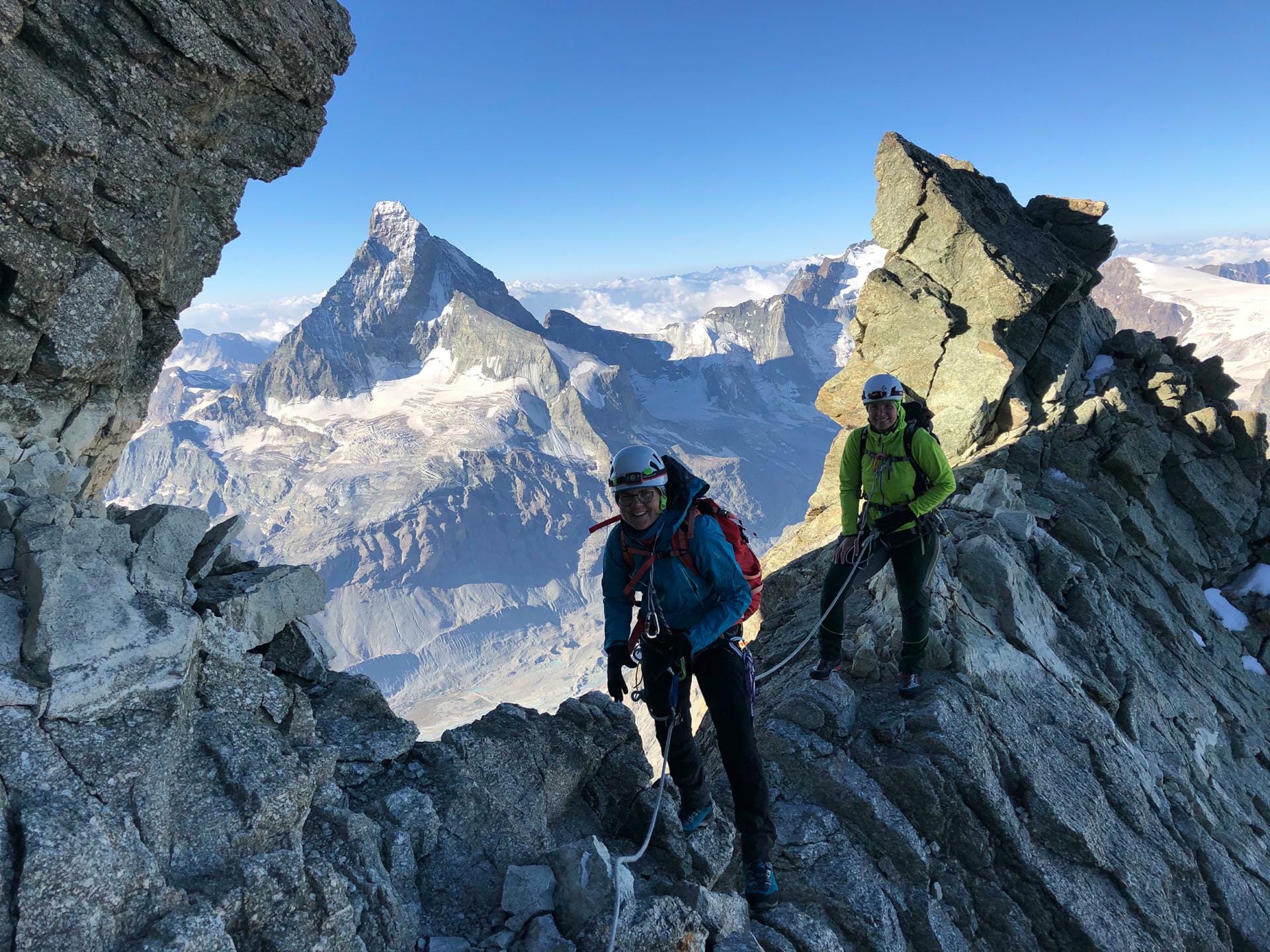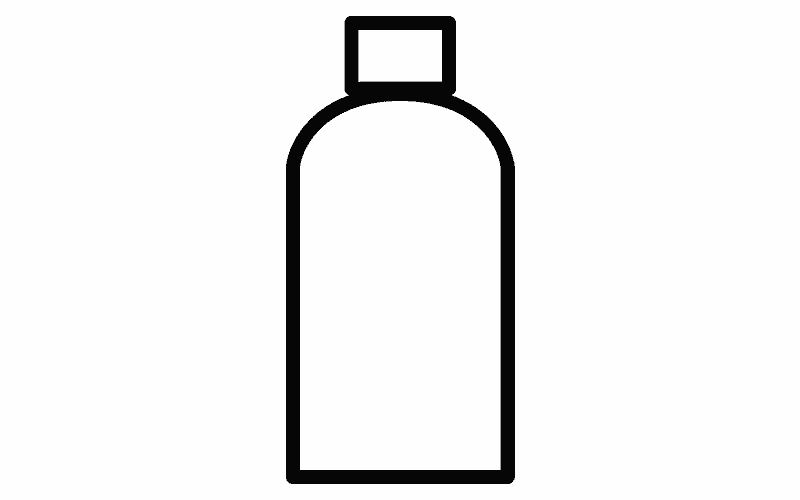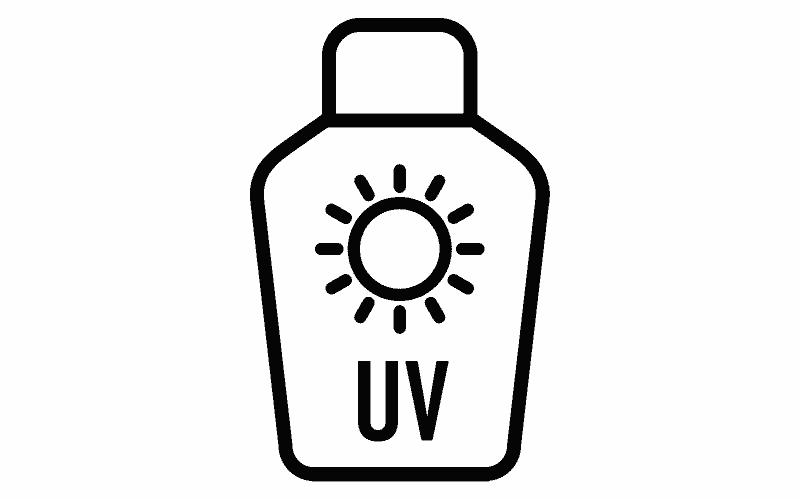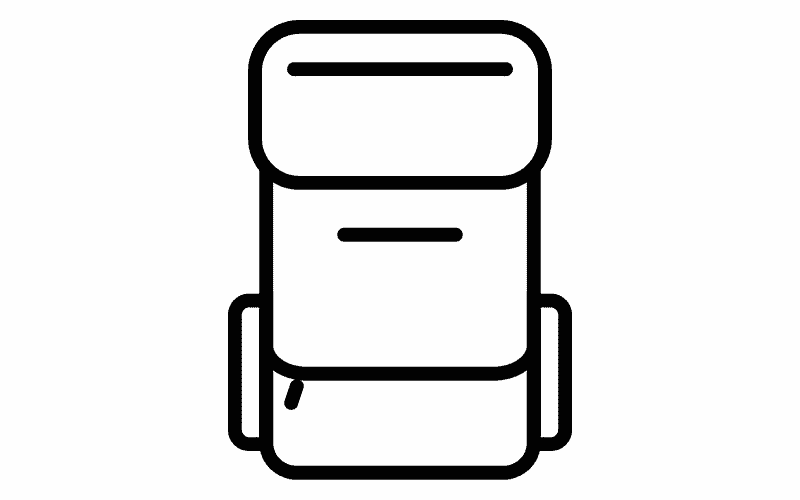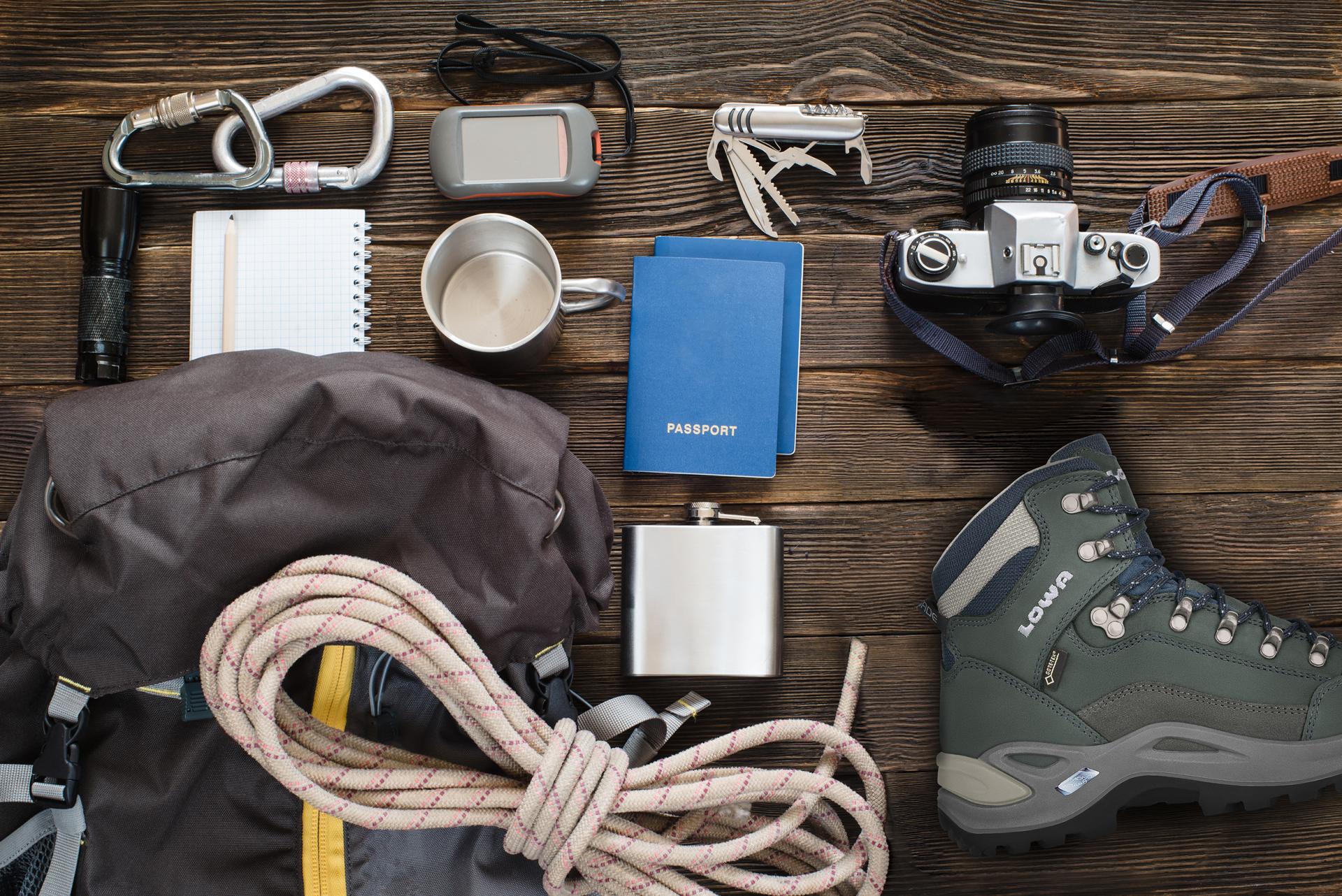What you should definitely have in your rucksack:
The rucksack is as much a part of hiking as the lid on the pot. It is a constant companion and reassurance in one. Ideally, it contains all the items that can help the hiker in planned and unplanned situations. That's why you can find out here how to pack your rucksack correctly and what else you should definitely have with you.
FIND FRESH DRINKING WATER
Firstly, you should start with enough water. Secondly, you can fill up your drinking water bottle at the streams. As you know, you will usually find very clean spring water when hiking in the mountains. If the water is cloudy, simply filter it! To do this, pour sand, pebbles and crushed charcoal into a sock lined with handkerchiefs. The water that runs through will then be much clearer. But be careful, this method does not necessarily remove all bacteria and germs. It is also important that you only use water from flowing water - the faster the stream rushes, the cleaner the water is. Water from stagnant water should be avoided at all costs, as this is where all the bacteria and germs like to collect!
HOW DO I PACK MY RUCKSACK?
The lighter, the better. The weight of the packed rucksack should not exceed 25 per cent of your body weight. If you are travelling on flat terrain, the centre of gravity should be at your shoulders. In steep areas, it should be slightly lower.
THE MUST-HAVES FOR A CLASSIC HIKING TOUR
OPTIMALLY PREPARED FOR THE BREAK
In addition to a bottle of water, some provisions are one of the most important things in your rucksack. It will help you when your strength starts to wane and your steps get shorter. Because then it's time for a break. Have a drink, stretch your legs and shake out your arms. If that doesn't help or your stomach is rumbling, you should energise your body. Bananas, dried fruit or nuts are ideal. A biscuit or a piece of glucose can also help you to get fit again.
SECRET TIP: A BOTTLE OF TEA TREE OIL
It helps against almost everything, fits in every rucksack and is the ideal companion for your tour. One drop soothes minor injuries, athlete's foot and insect bites. The aroma overpowers odours so that it is also suitable for washing on long tours. Be careful not to rub it into your eyes, otherwise it will sting! If you fall ill while travelling, you should dilute a drop of tea tree oil with water and drink it. Gargling also helps - for example with gum inflammation or a sore throat.
More tips & stories
-
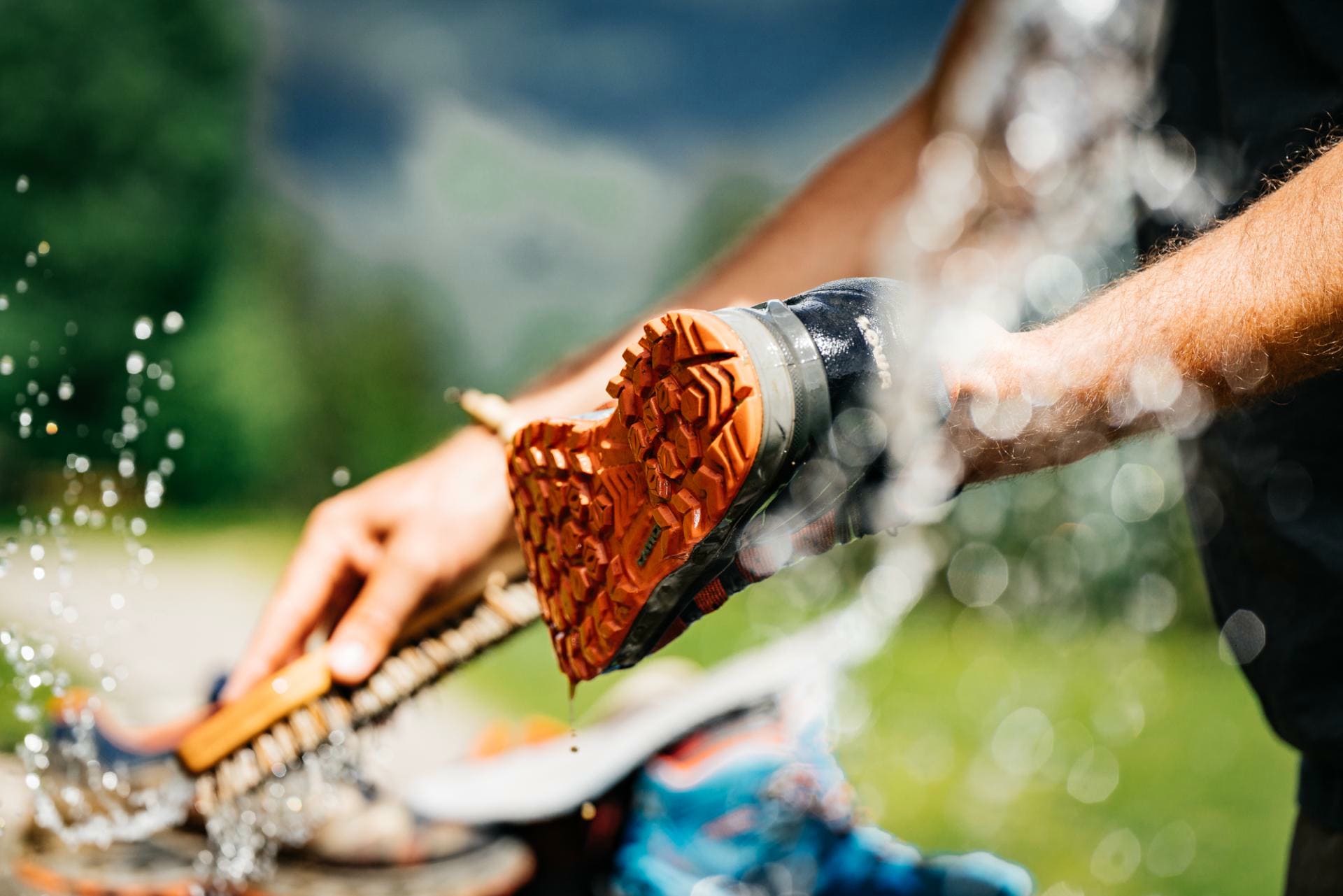 Care tipsMore
Care tipsMore -
 Equipment tipsMore
Equipment tipsMore -
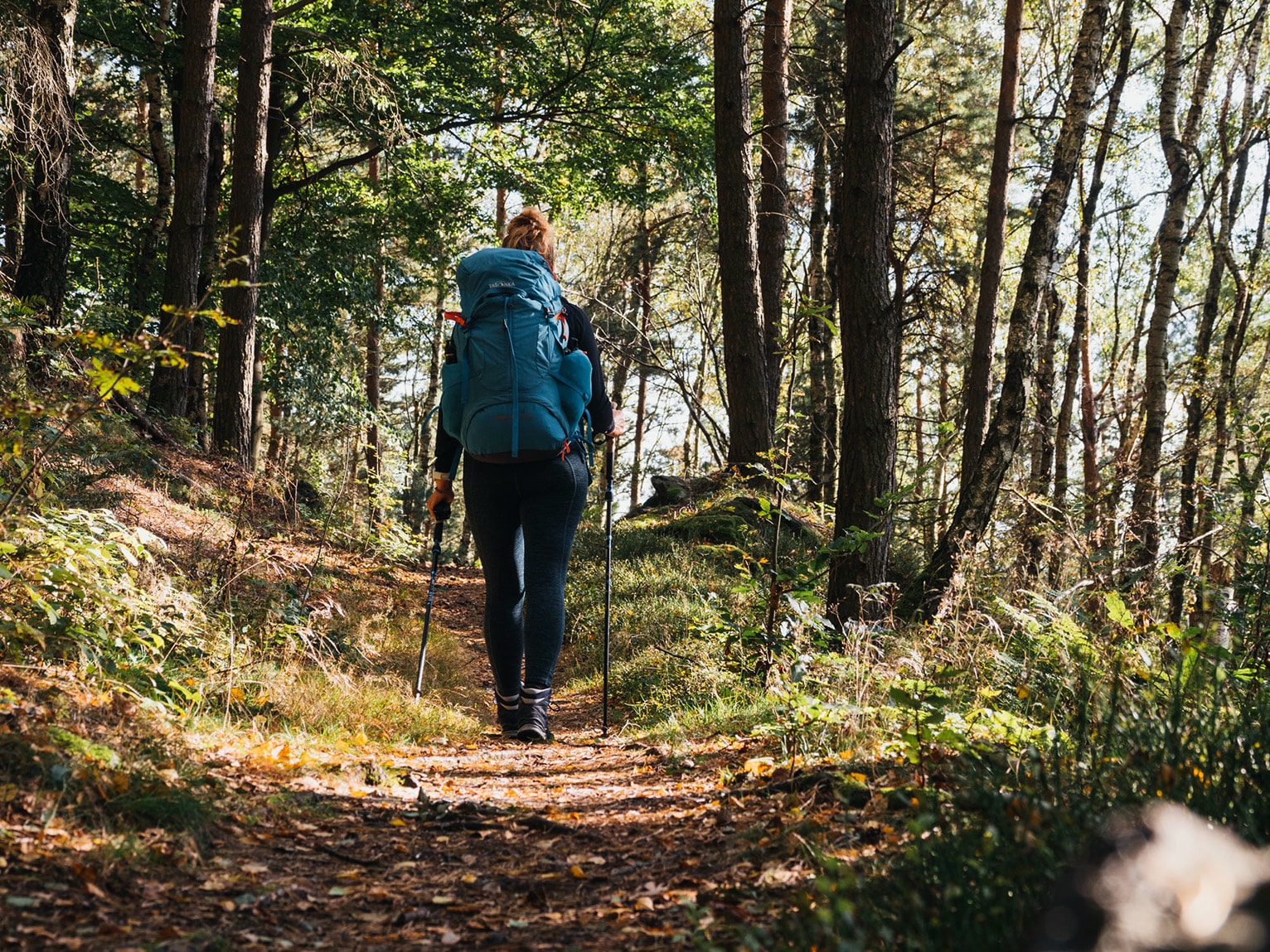 The first long-distance hike tips for beginnersMore
The first long-distance hike tips for beginnersMore -
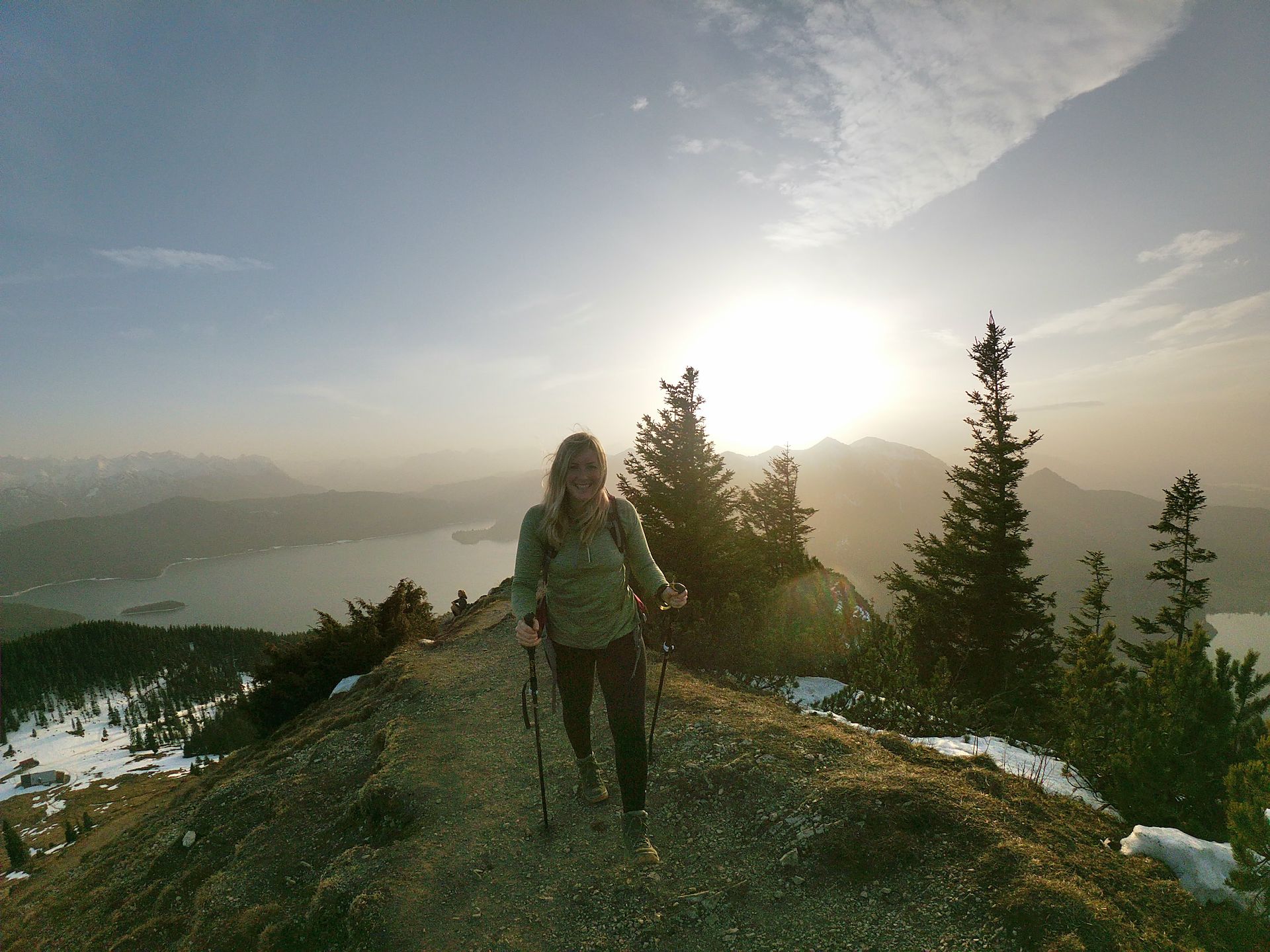 The microadventures of our adventurersMore
The microadventures of our adventurersMore -
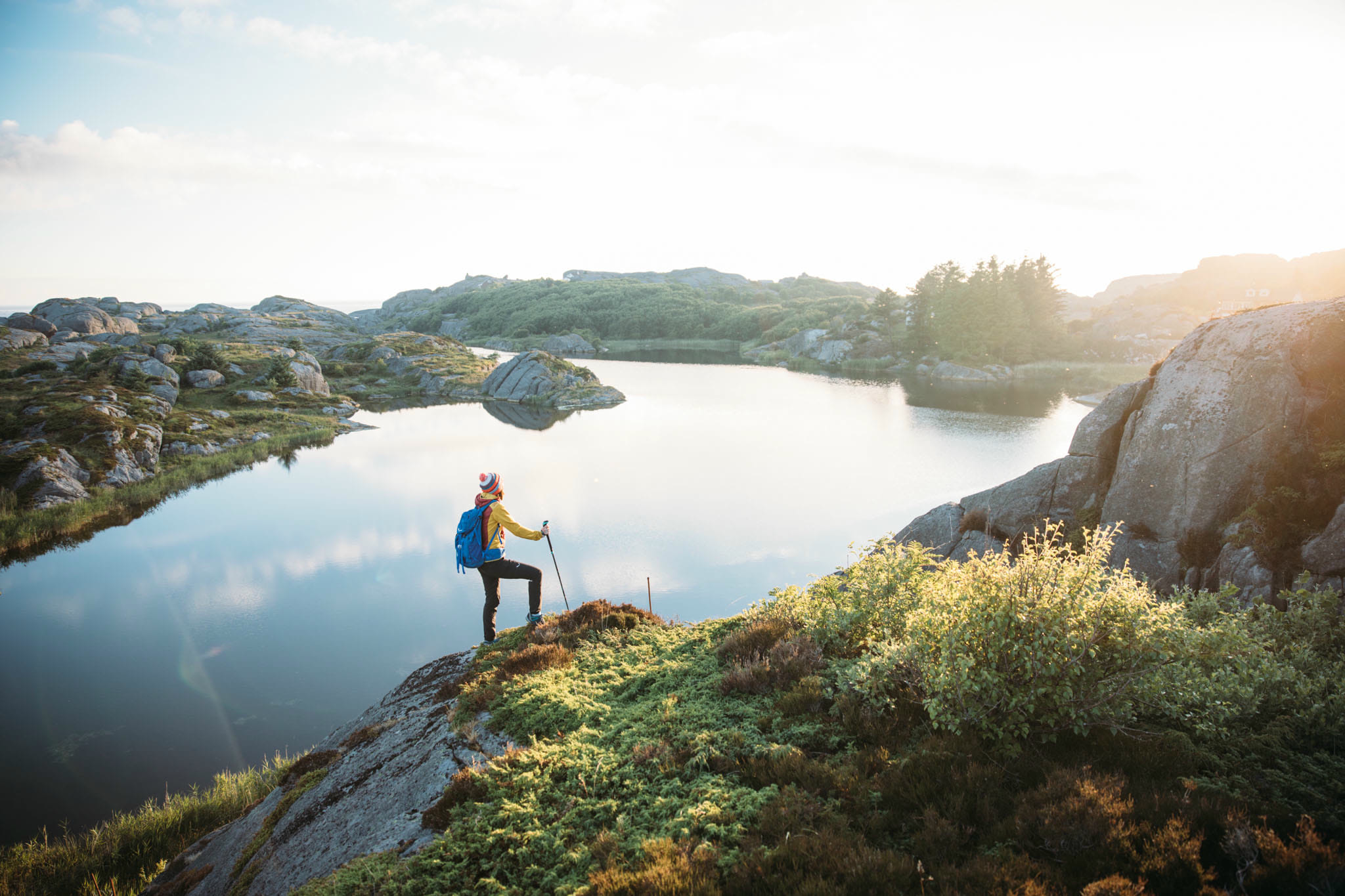 Hiking planning from A to ZMore
Hiking planning from A to ZMore -
 Stay fit through the winterMore
Stay fit through the winterMore -
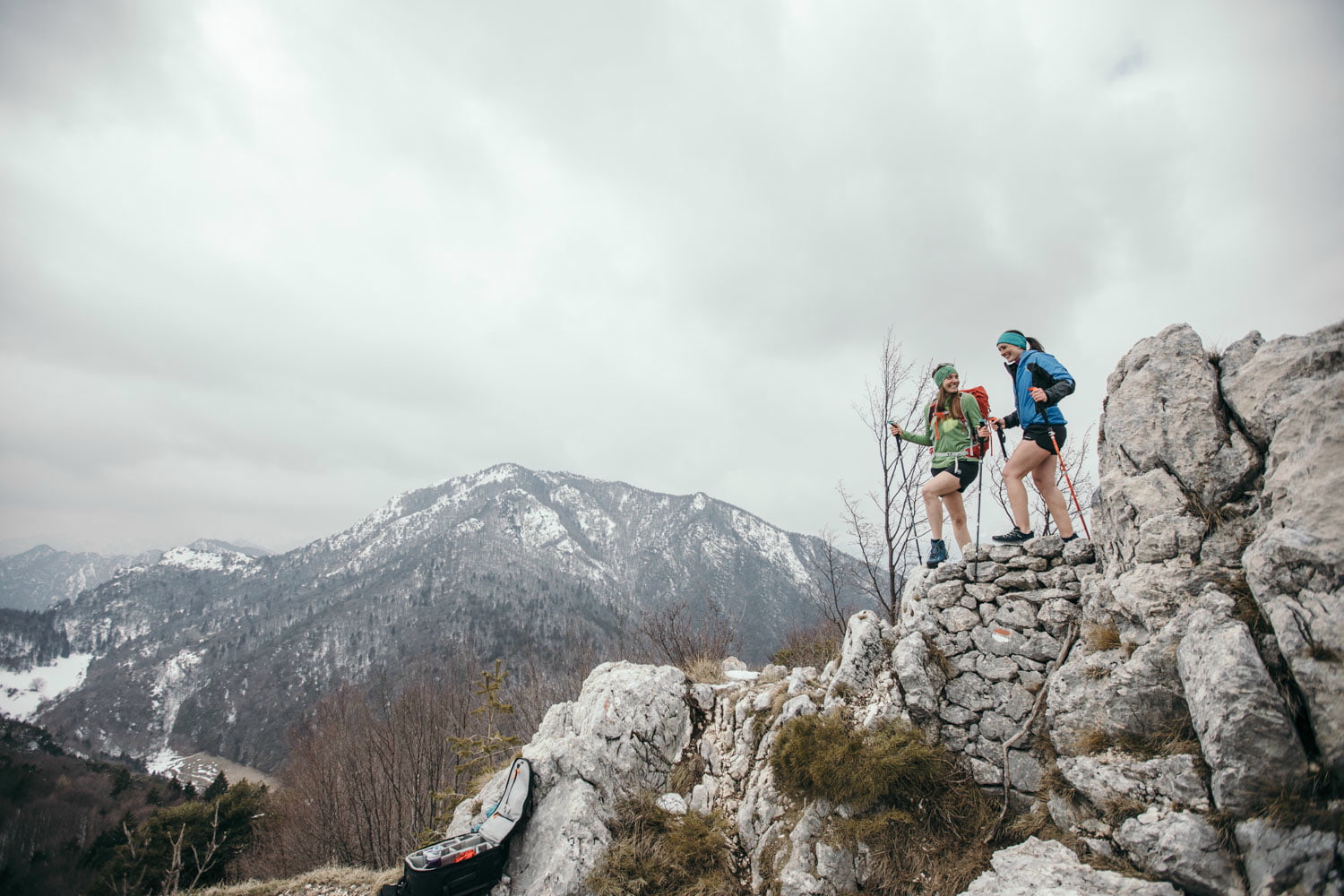 Women's hikesMore
Women's hikesMore -
 Mountaineering 101More
Mountaineering 101More -
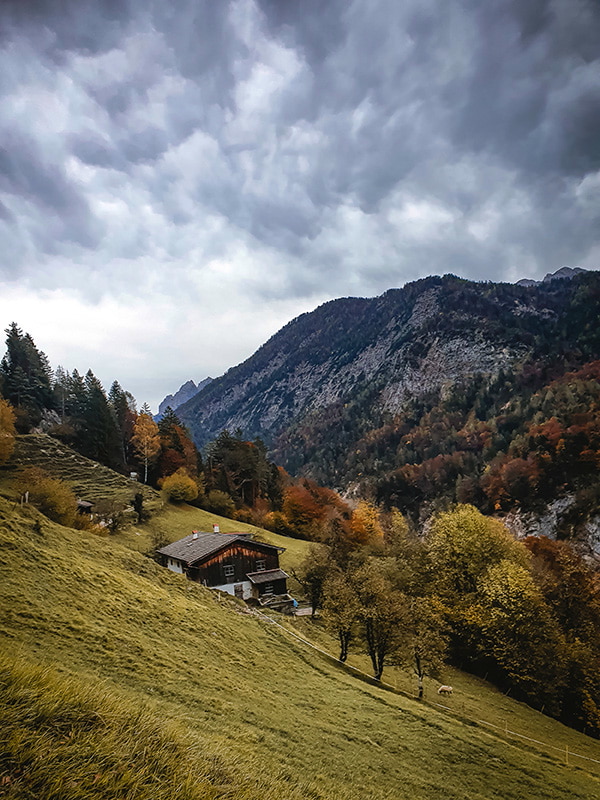 Hut hikesMore
Hut hikesMore -
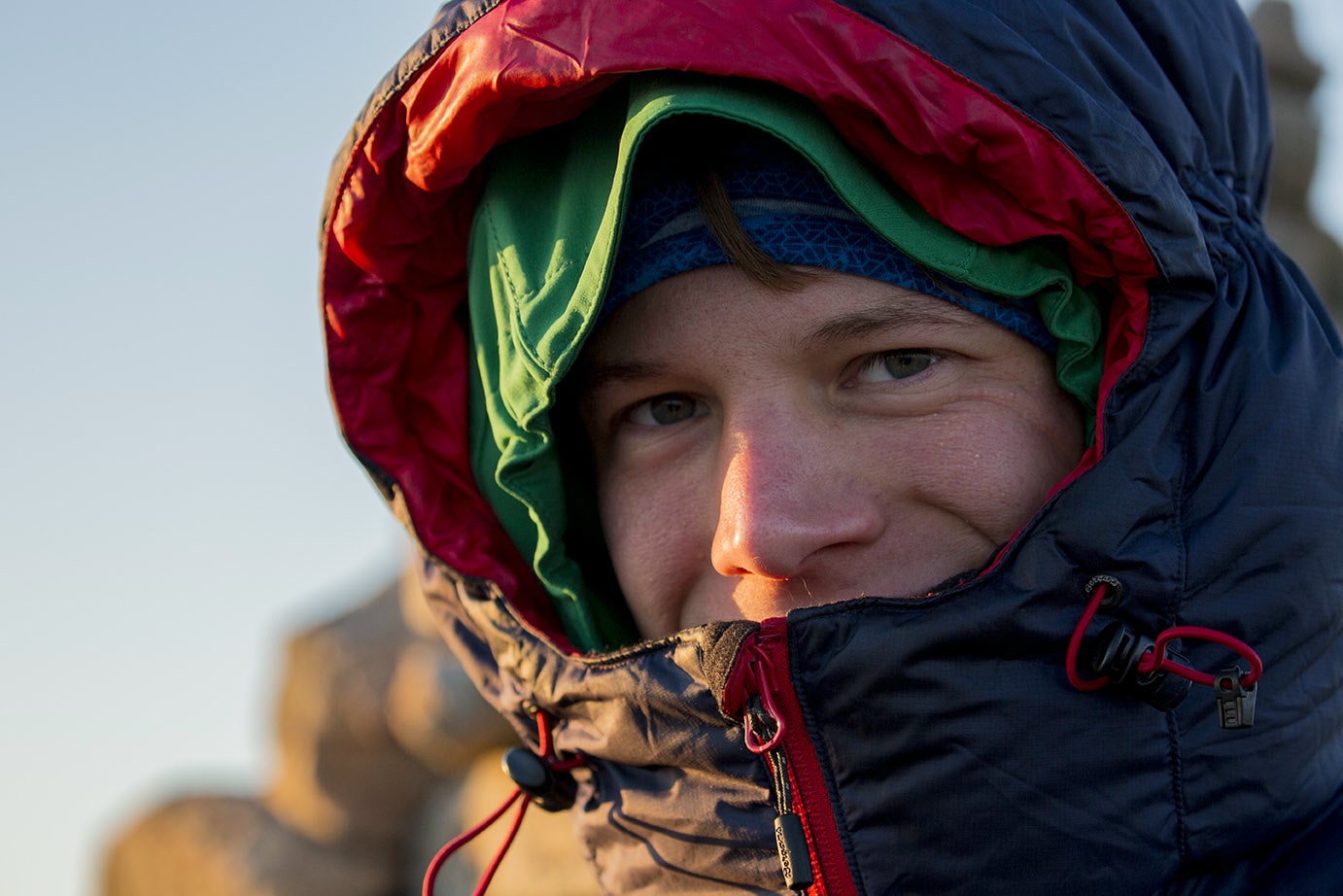 Clothing: Better too warm than too coldMore
Clothing: Better too warm than too coldMore -
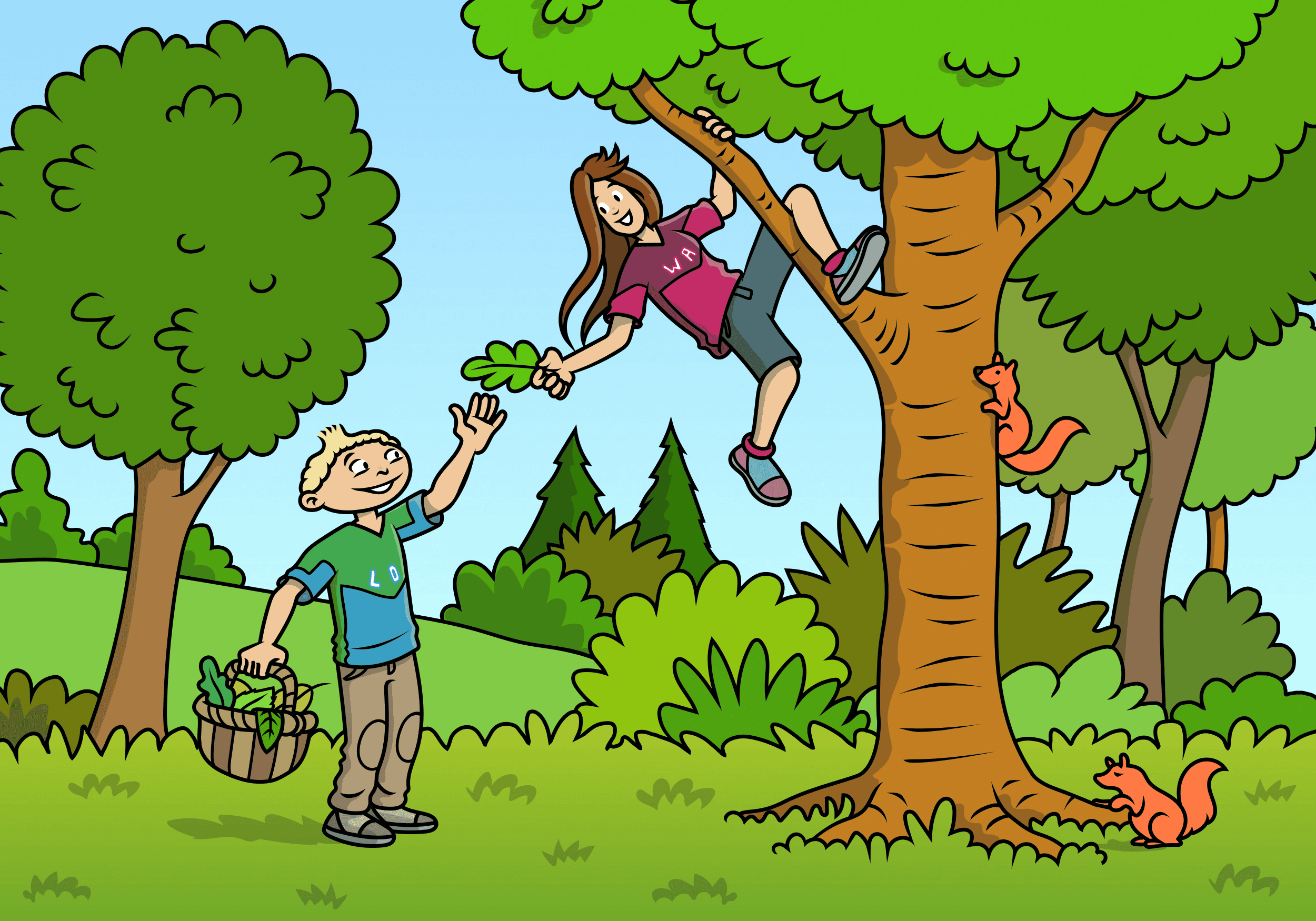 Discover nature with childrenMore
Discover nature with childrenMore -
 Winter hikesMore
Winter hikesMore -
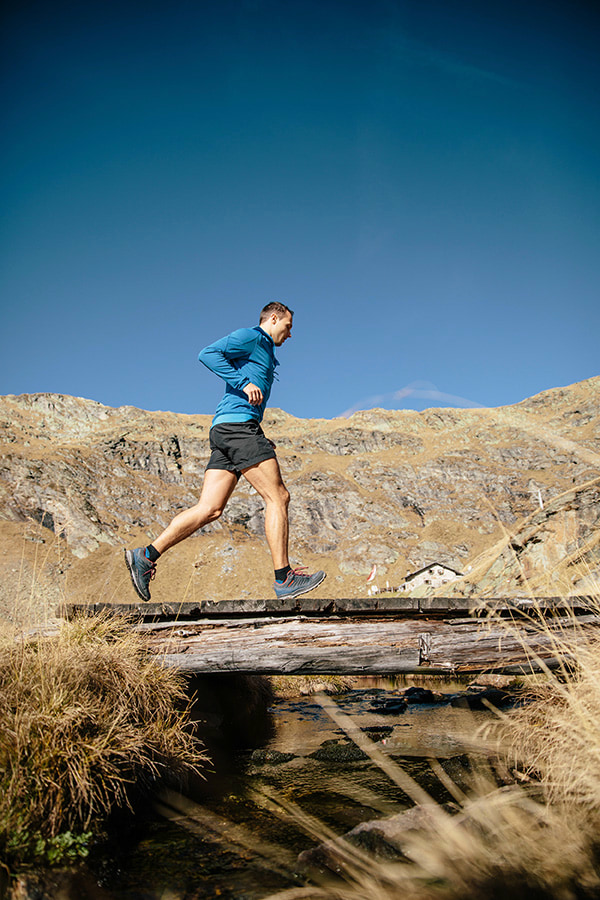 Warm up to get upMore
Warm up to get upMore -
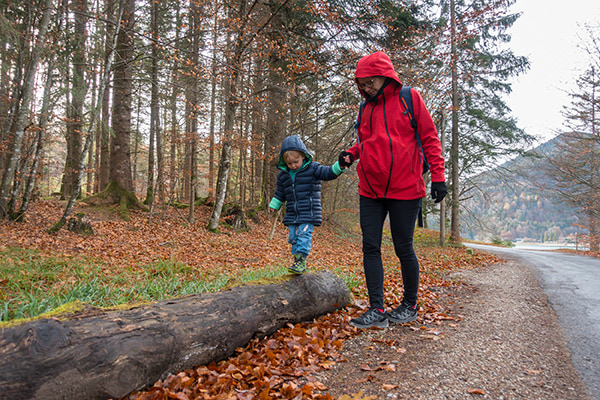 Hiking with children in autumnMore
Hiking with children in autumnMore -
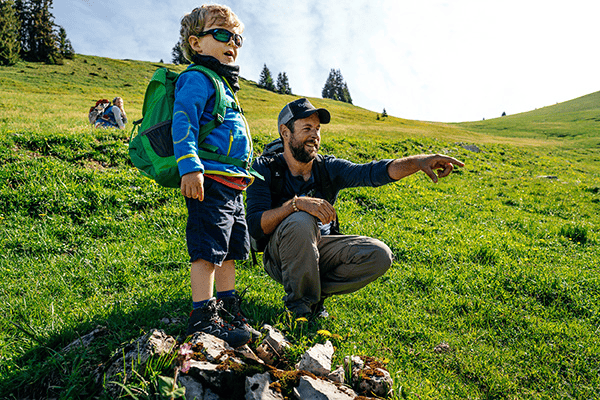 Hiking with childrenMore
Hiking with childrenMore -
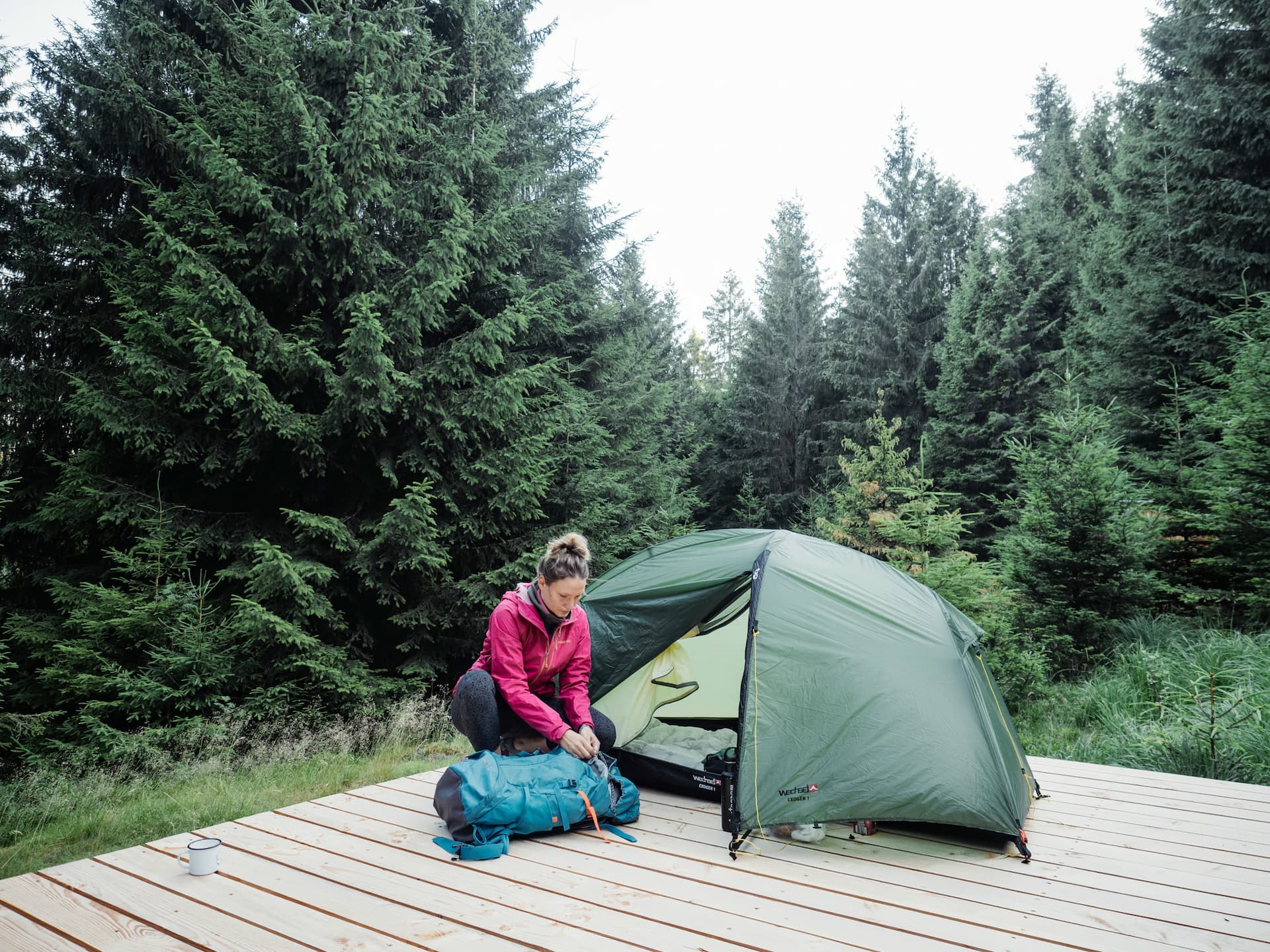 'Wild' camping: Tips for legal trekking in GermanyMore
'Wild' camping: Tips for legal trekking in GermanyMore -
 Great ideas for your snow adventureMore
Great ideas for your snow adventureMore -
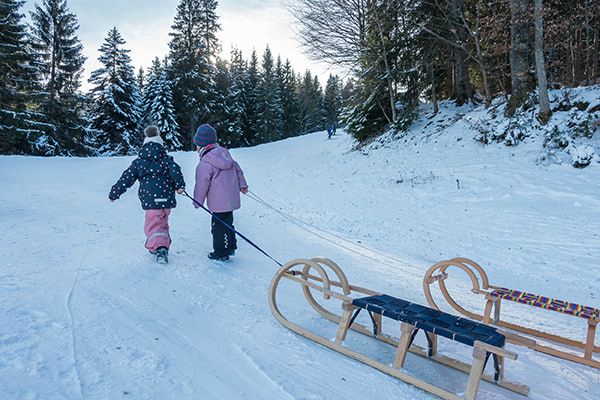 tips for hiking with children in winterMore
tips for hiking with children in winterMore -
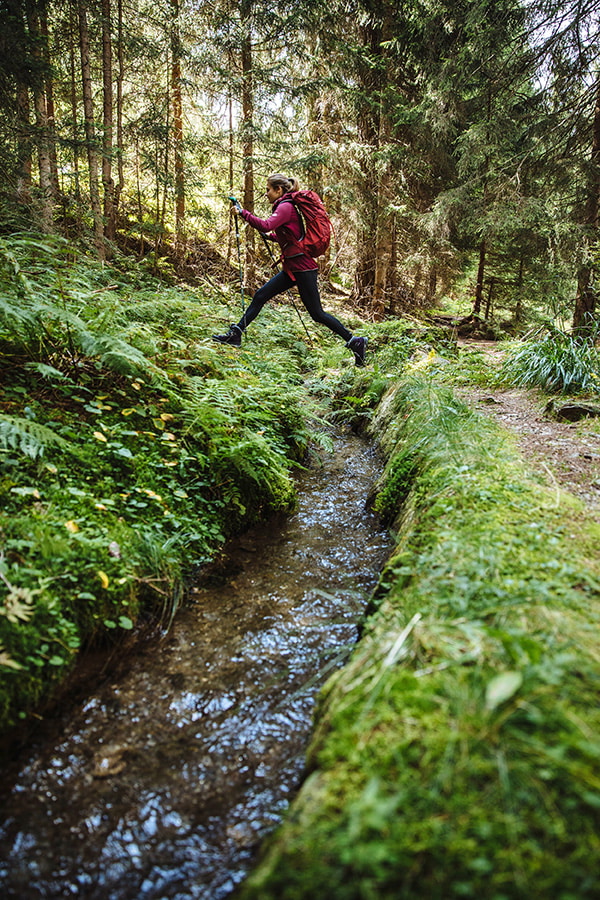 Tips for DIYMore
Tips for DIYMore -
 Tips for preserving biodiversityMore
Tips for preserving biodiversityMore -
 Tips from Digitize The PlanetMore
Tips from Digitize The PlanetMore -
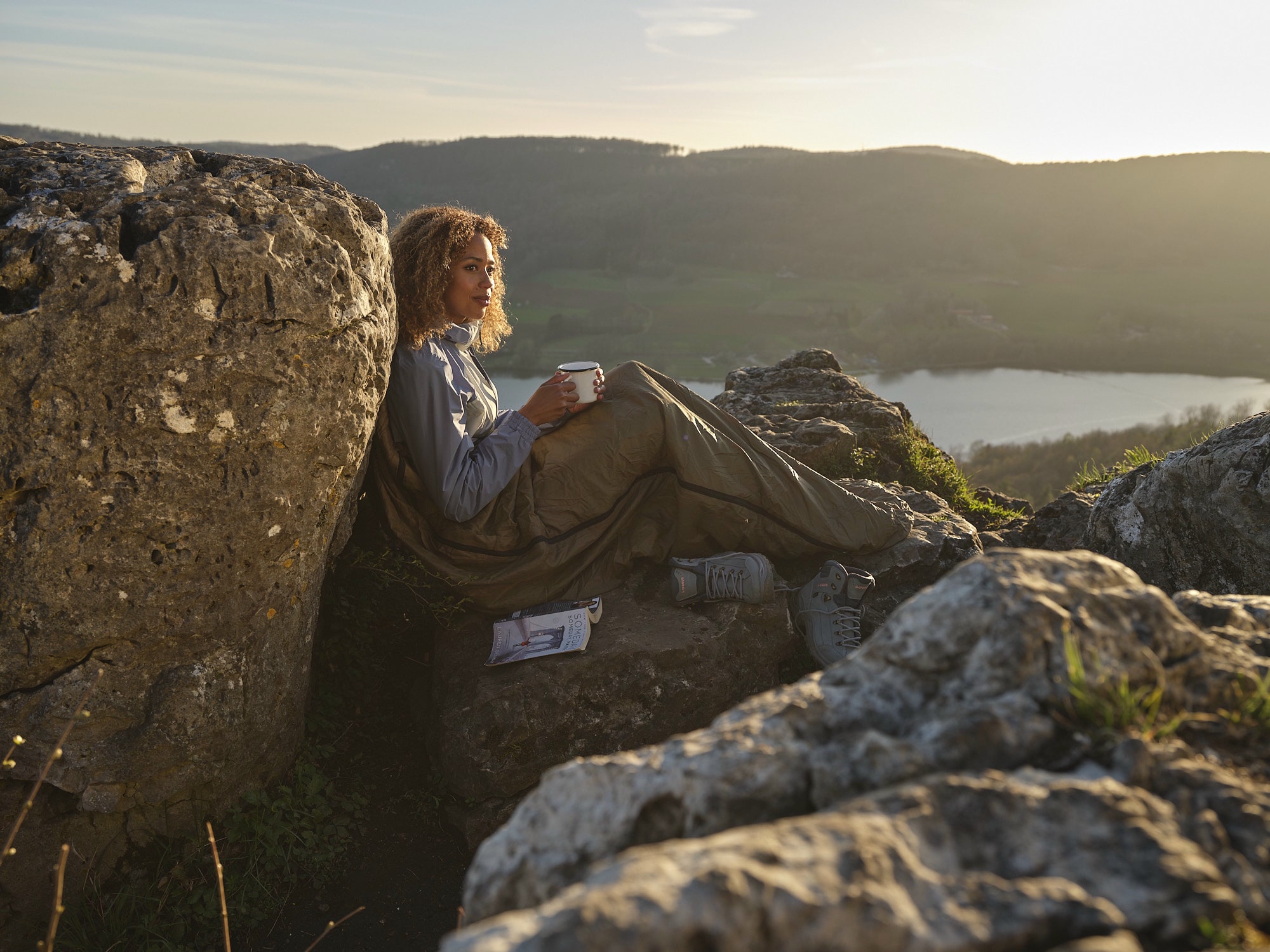 Tips for sleeping outdoorsMore
Tips for sleeping outdoorsMore -
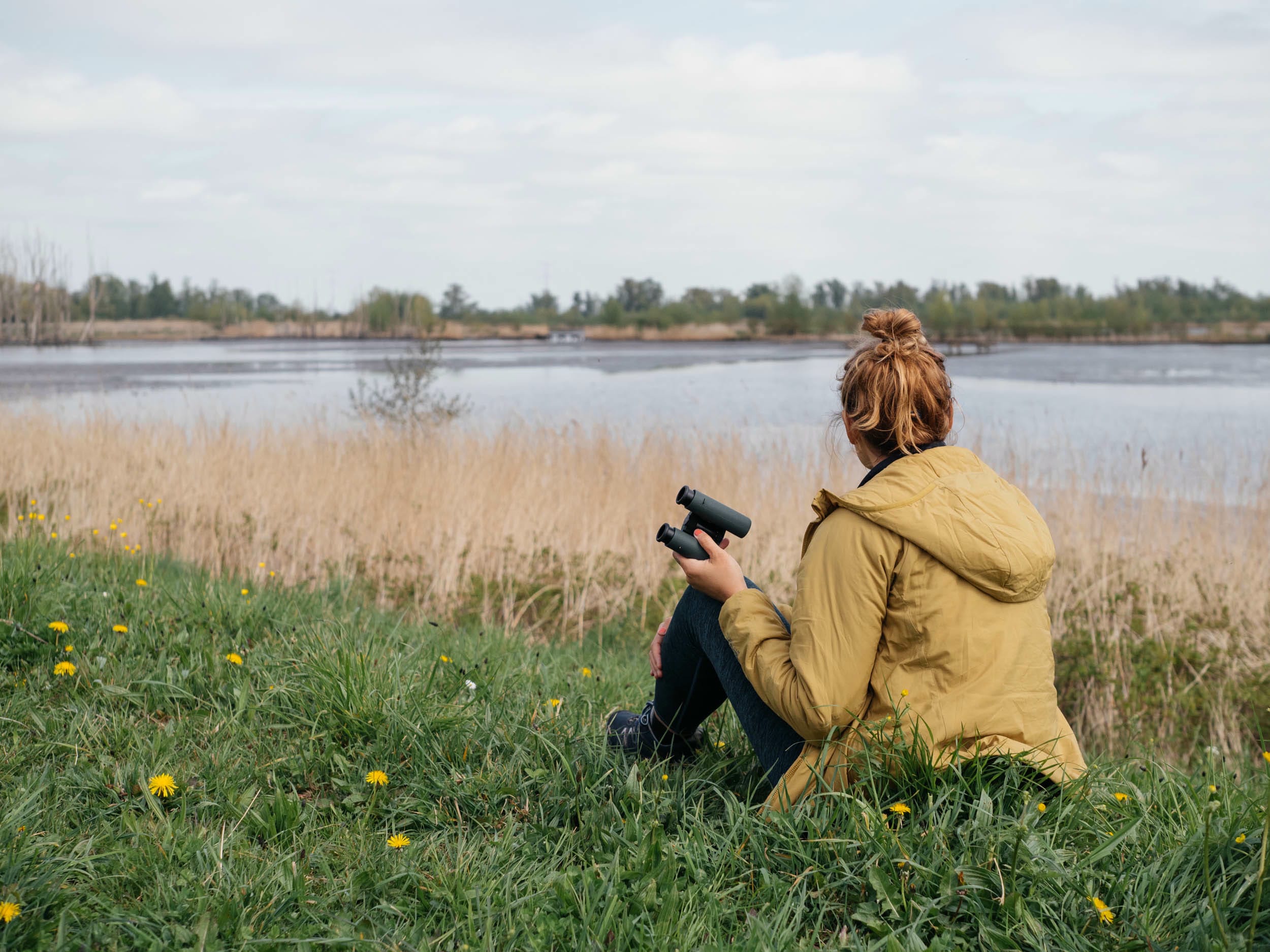 Tips for wildlife observationMore
Tips for wildlife observationMore -
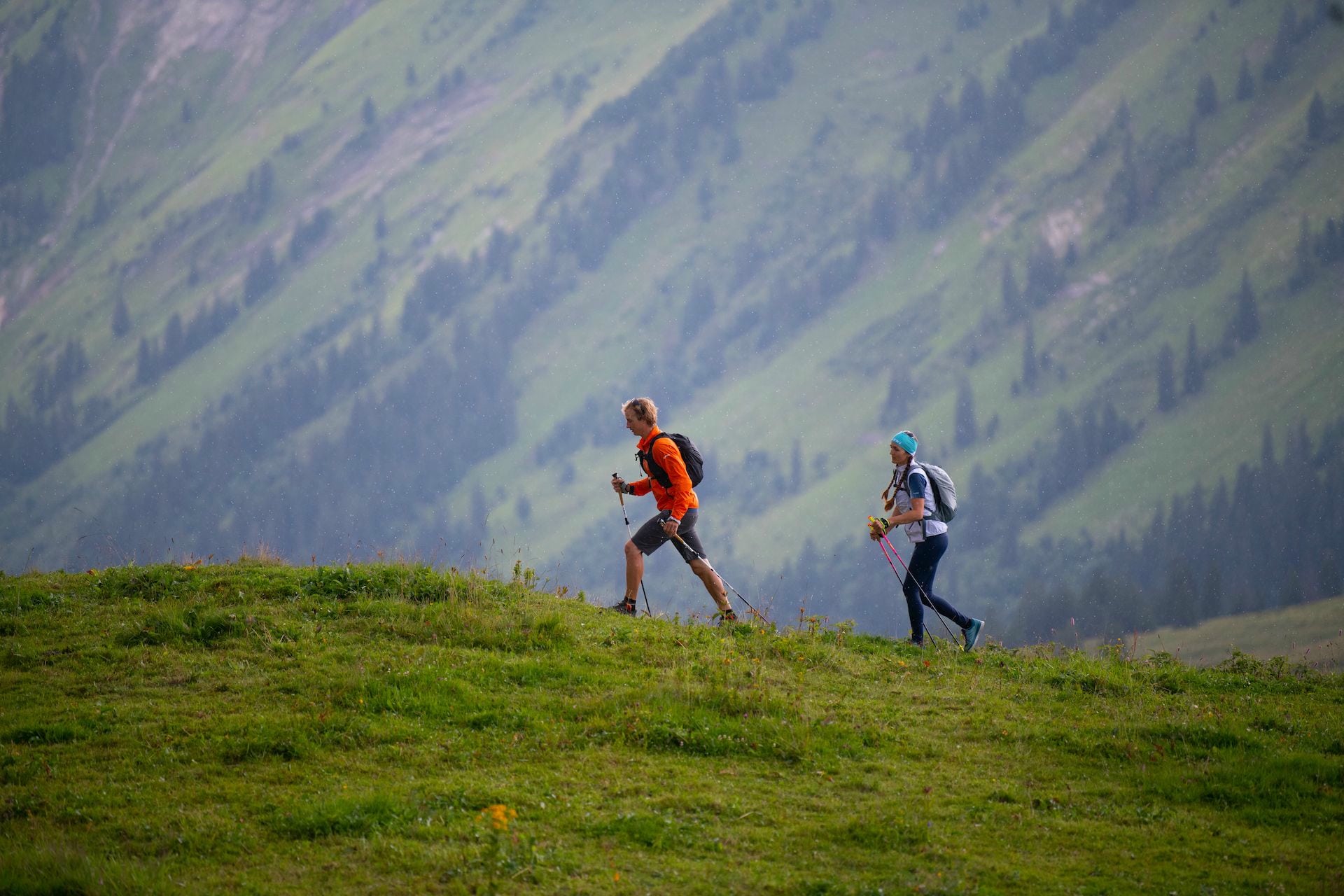 Tips for speed hikingMore
Tips for speed hikingMore -
 Tips for walks through forests and meadowsMore
Tips for walks through forests and meadowsMore -
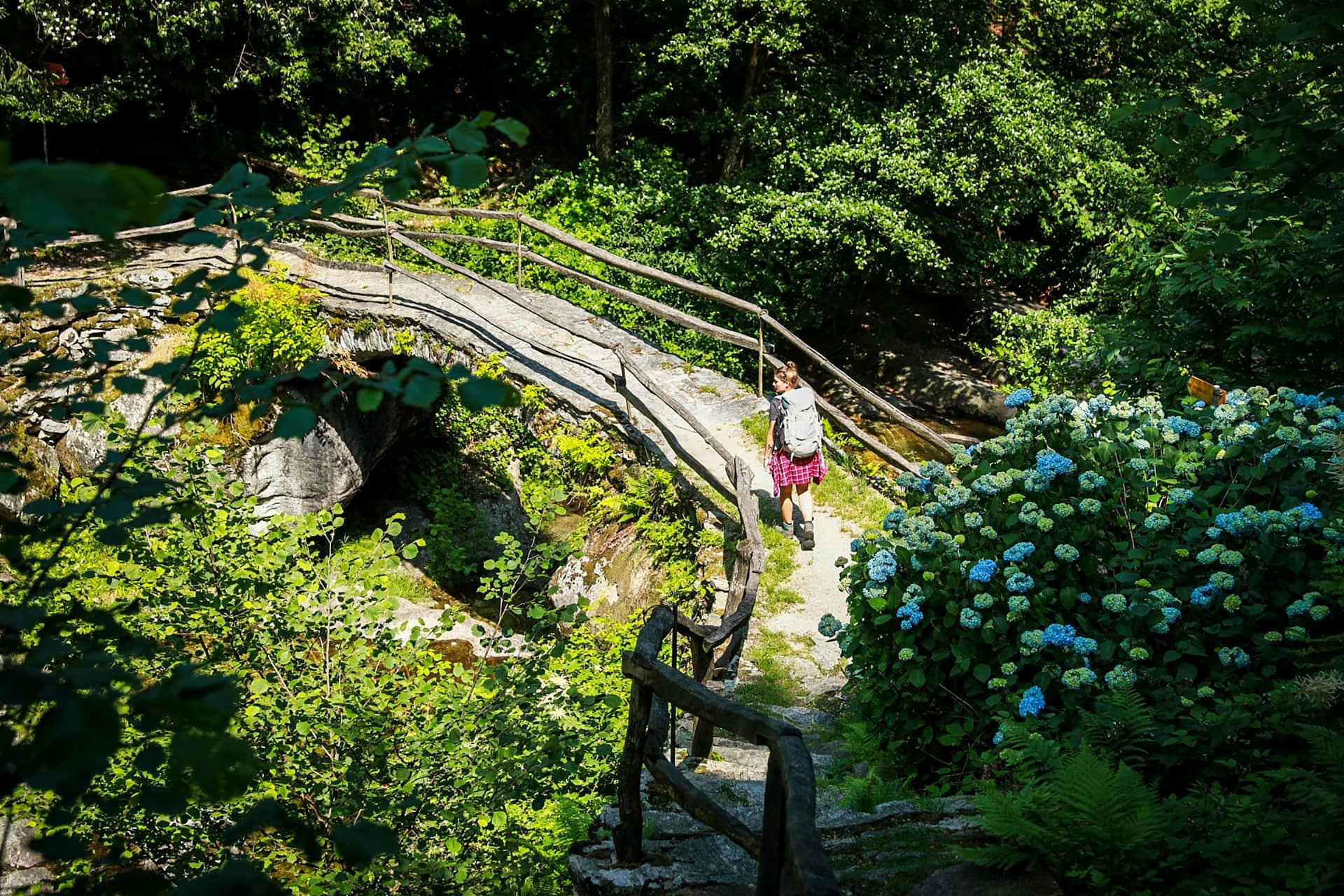 Tips for pilgrimage hikesMore
Tips for pilgrimage hikesMore -
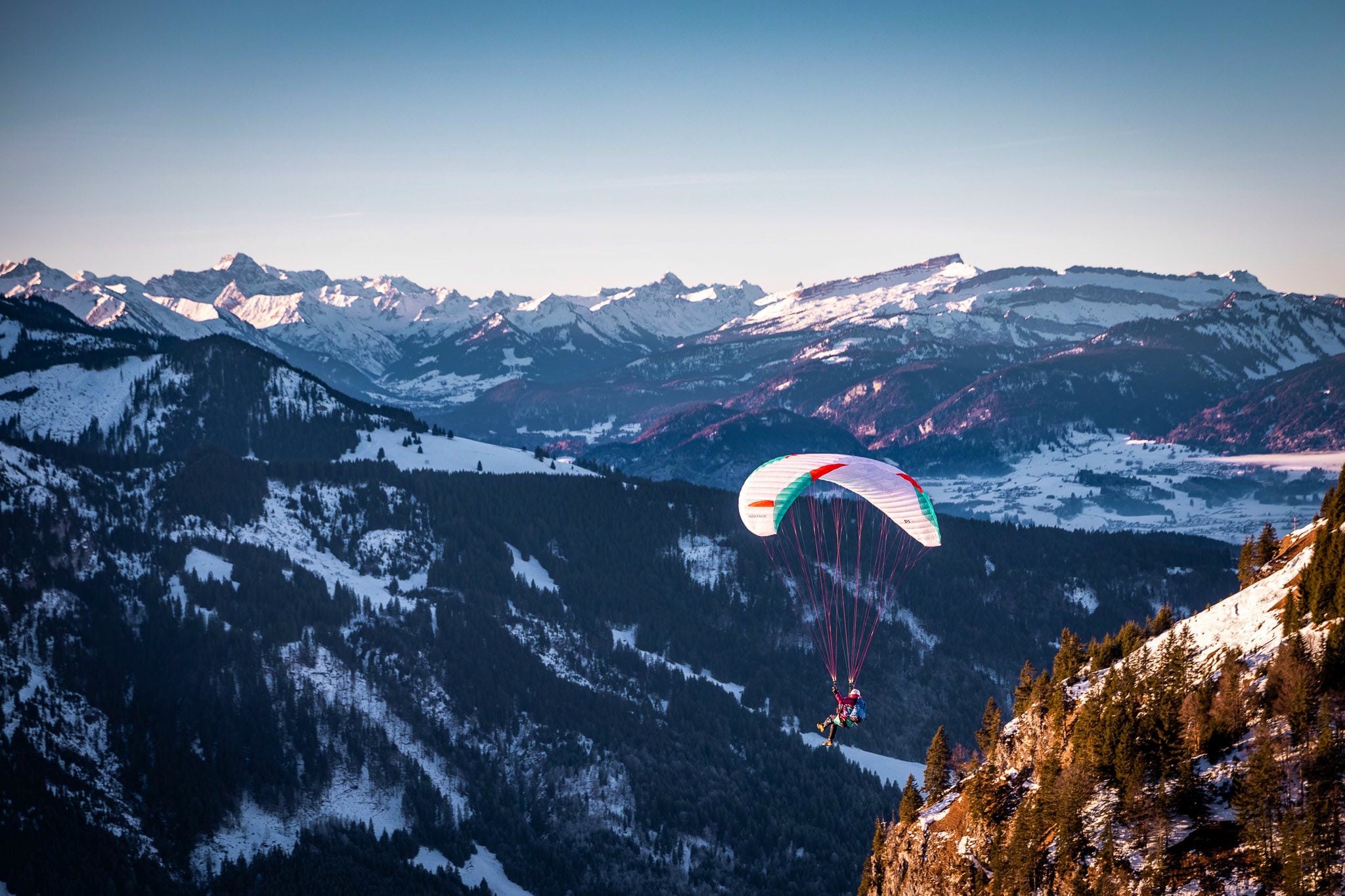 Tips for hike and fly in winterMore
Tips for hike and fly in winterMore -
 Tips for the via ferrataMore
Tips for the via ferrataMore -
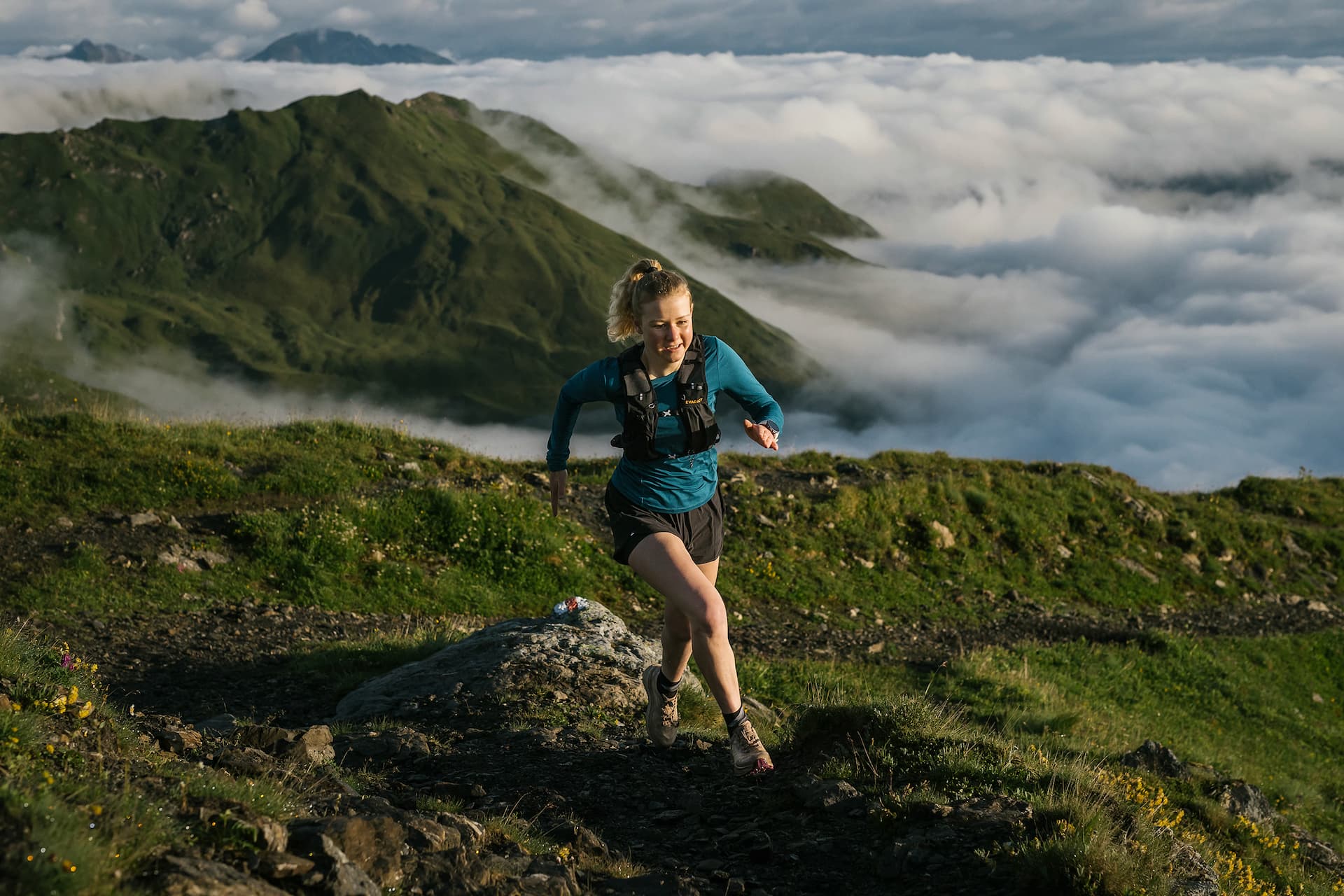 Tips for your entry into trail runningMore
Tips for your entry into trail runningMore -
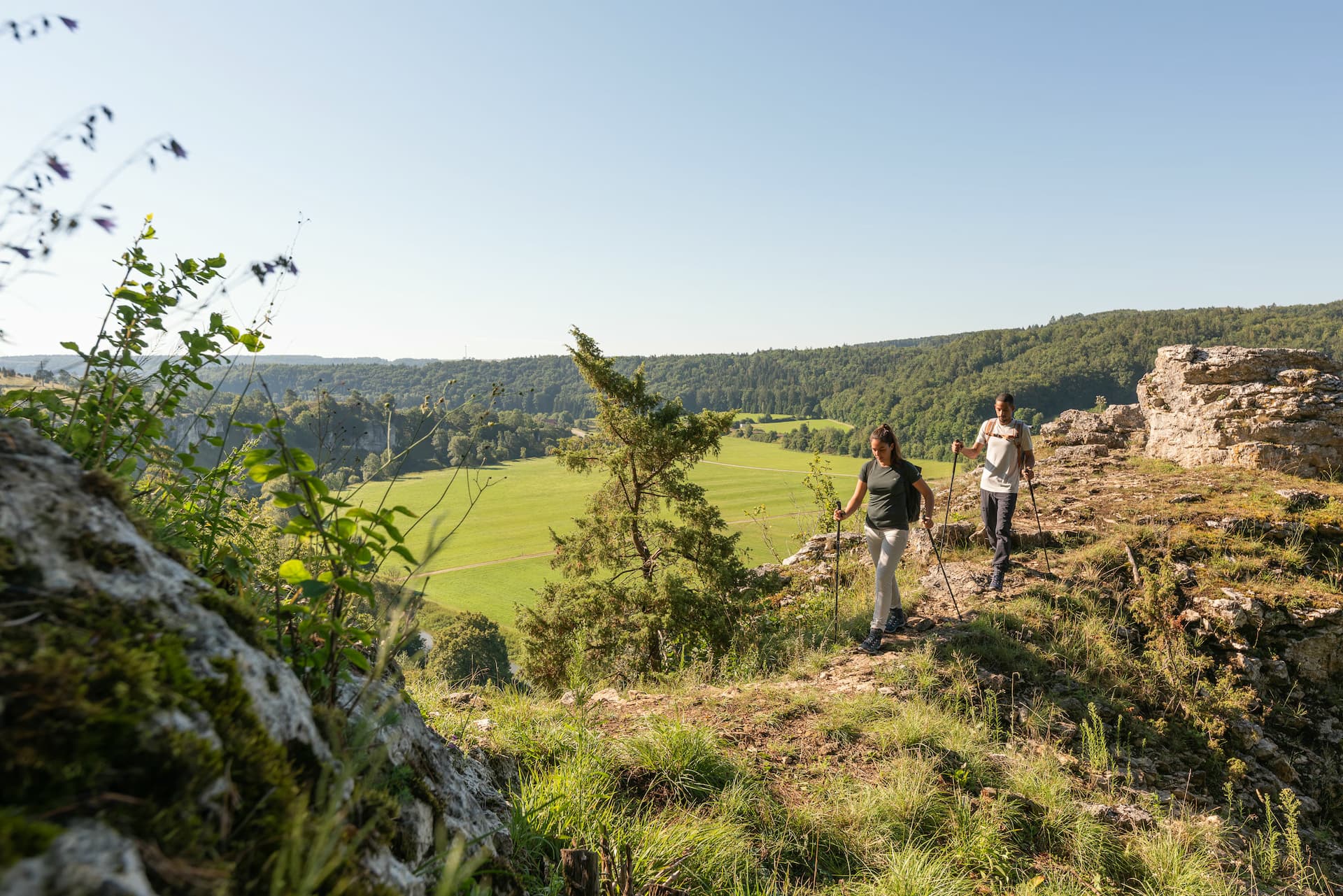 Tips for your mental healthMore
Tips for your mental healthMore -
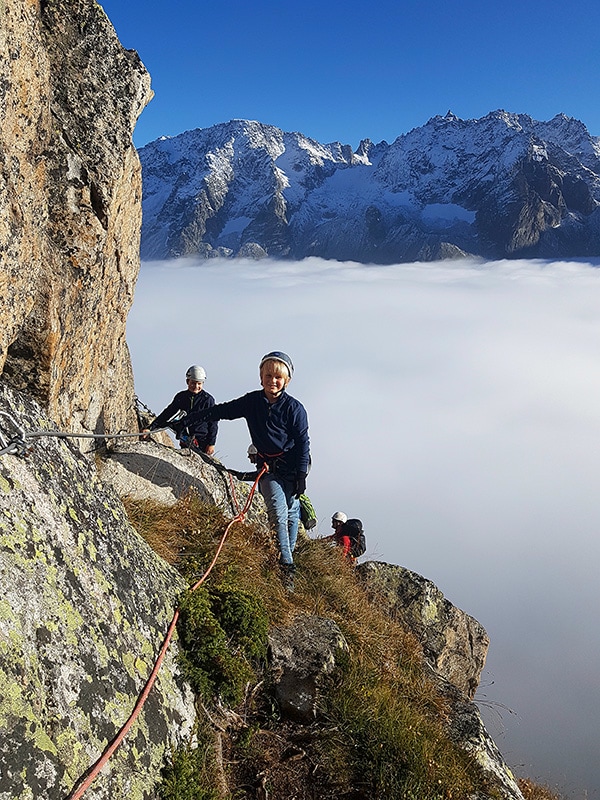 Tips for mountaineering with childrenMore
Tips for mountaineering with childrenMore -
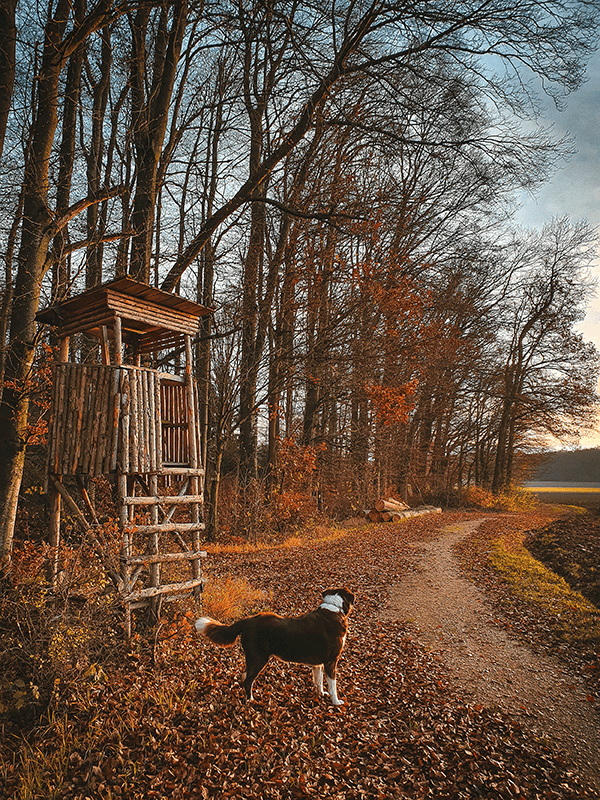 Walks with dogs in autumn and winterMore
Walks with dogs in autumn and winterMore -
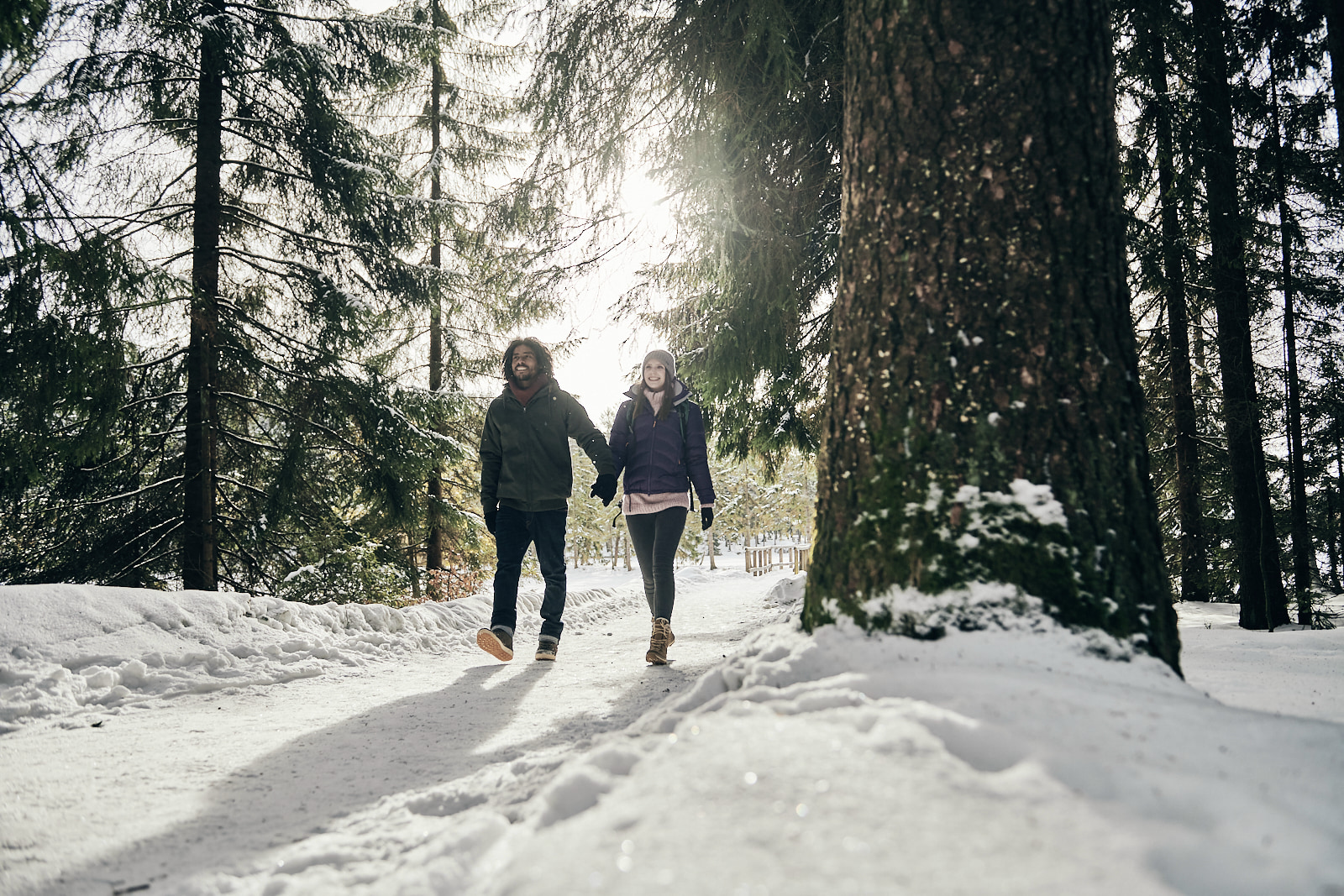 Winter magic walksMore
Winter magic walksMore -
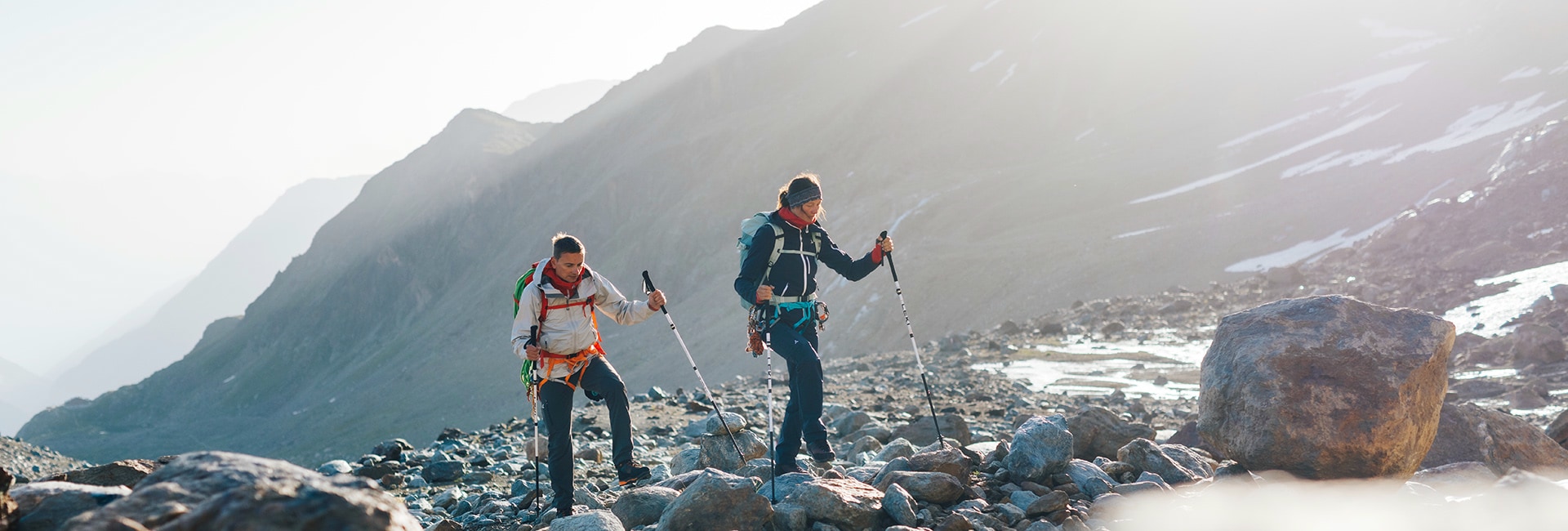 Safety on the mountainMore
Safety on the mountainMore -
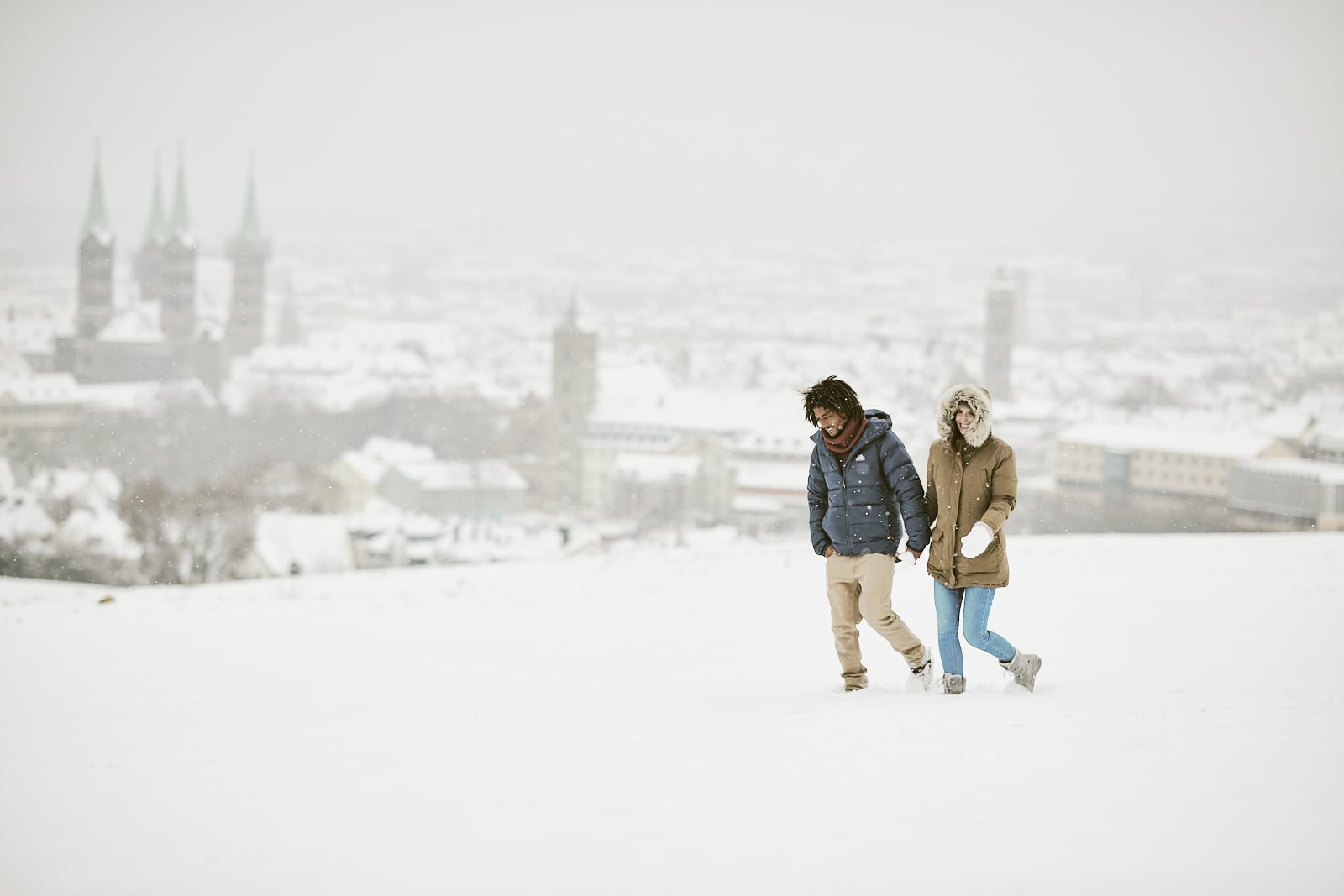 Shoe hacks for the cold seasonMore
Shoe hacks for the cold seasonMore -
 SnowshoeingMore
SnowshoeingMore -
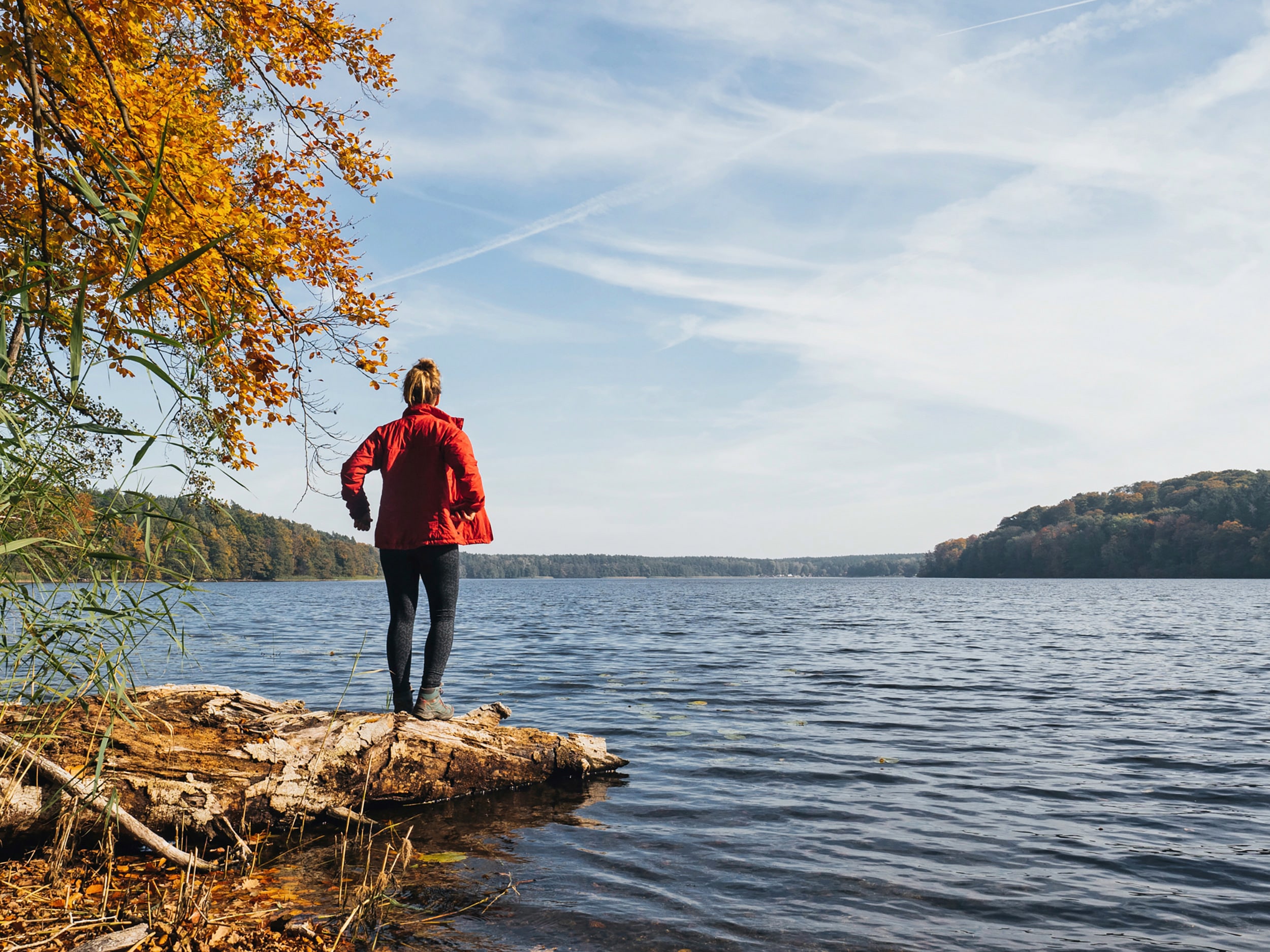 Rewild your lifeMore
Rewild your lifeMore -
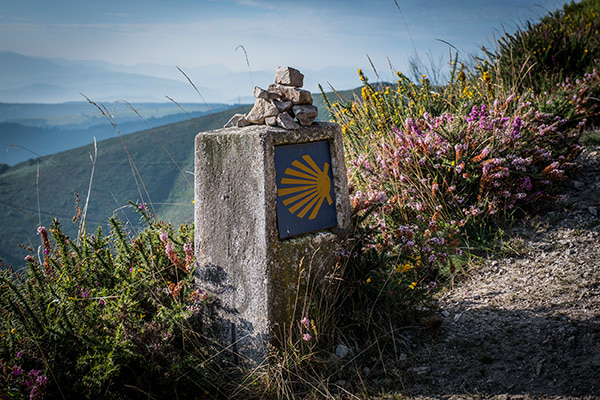 Pilgrimage on the Camino de SantiagoMore
Pilgrimage on the Camino de SantiagoMore -
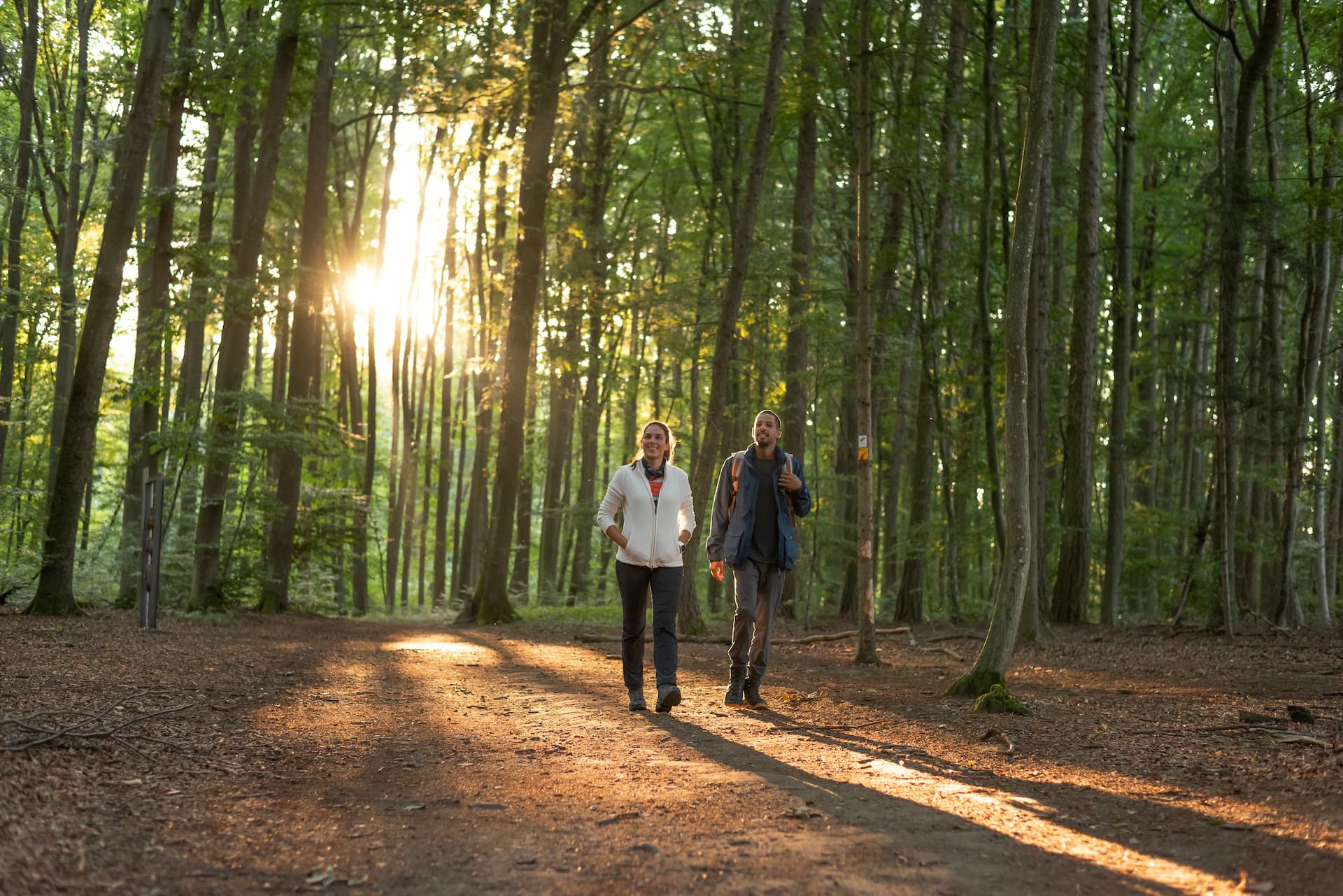 Sustainable hikingMore
Sustainable hikingMore
